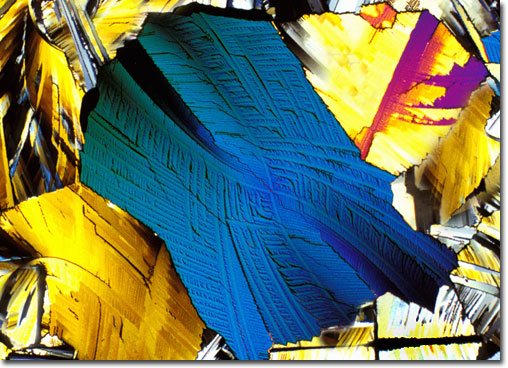|
Introduced in 1956, carbaryl was the first carbamate to be successful in the insecticide industry. In terms of shear bulk, more of this pesticide has been used worldwide than all of the other carbamates combined. Carbaryl has two distinct properties that account for its popularity: it has a very low mammalian oral and dermal toxicity and it possesses a rather broad spectrum of insect control. This has led to its widespread household use as a lawn and garden insecticide. Like the other carbamates, carbaryl antagonizes acetylcholine and competes for binding sites on the enzyme cholinesterase. In agriculture, carbaryl is used as a contact insecticide recommended for use against pests of fruit, vegetables, cotton, and many other crops.
|
